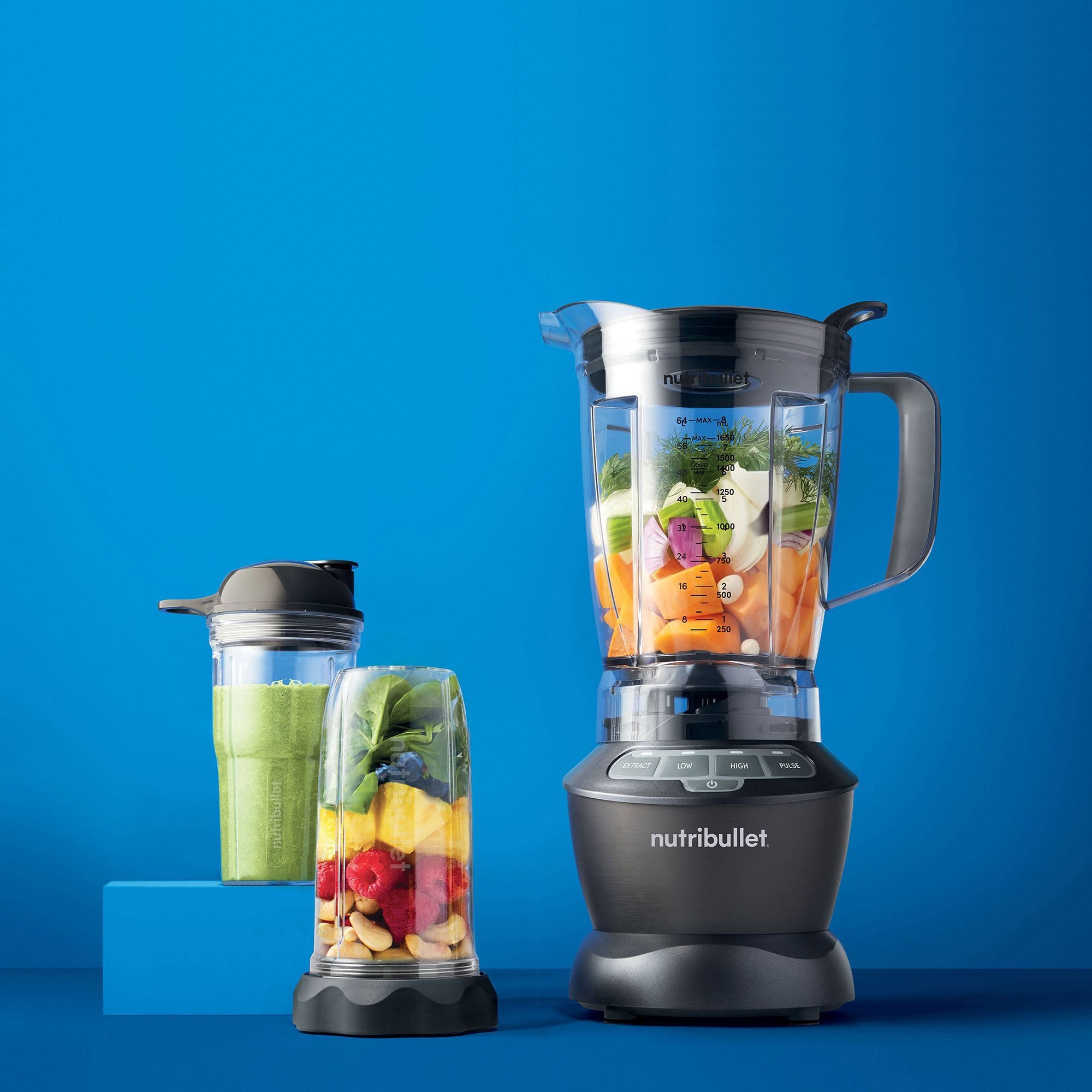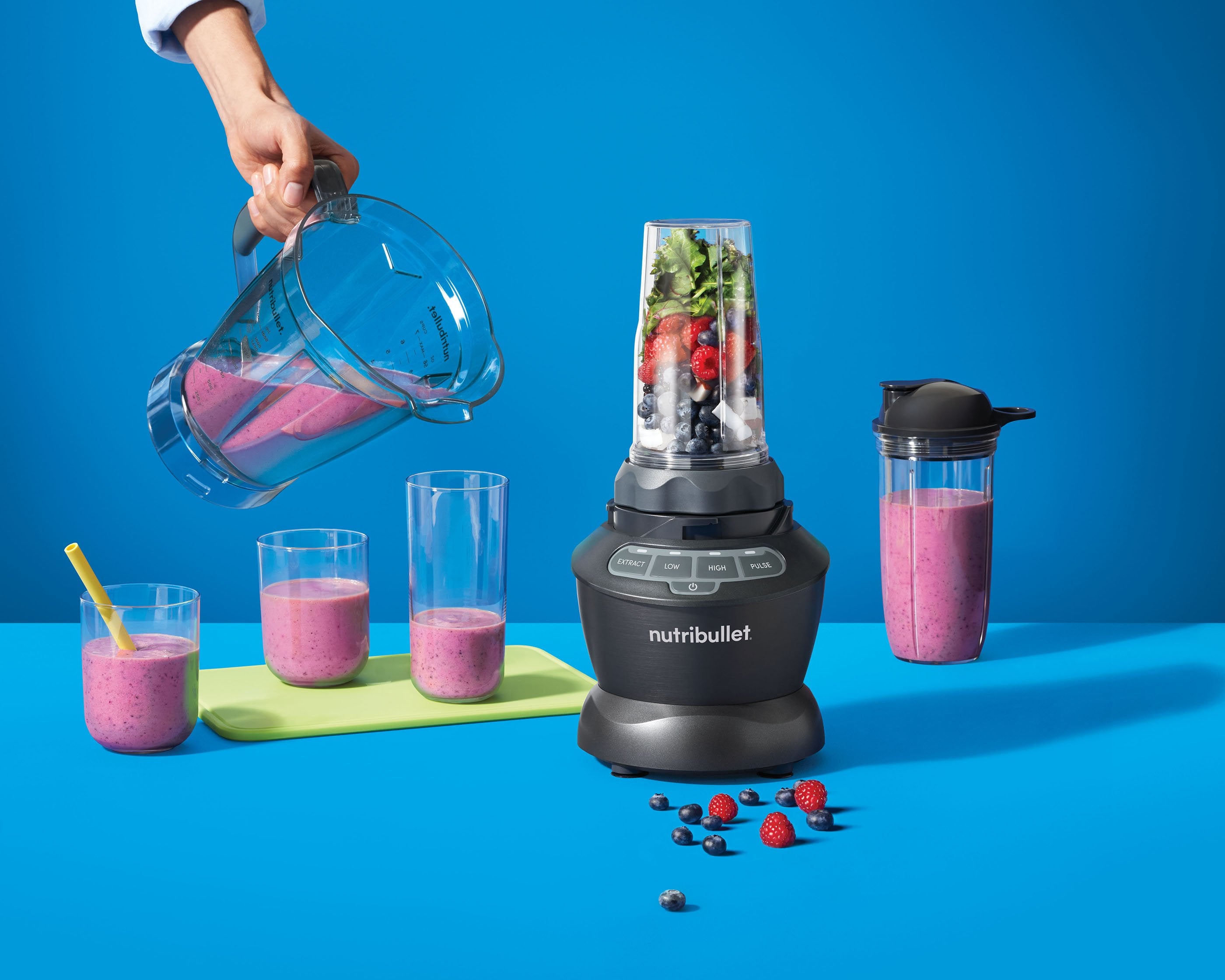As a dietitian, digestive health continues to be one of the most fascinating areas of research. In the past 10 years, studies have shed light on the mind-gut connection, the gut microbiome and the benefits of probiotics. The ways digestive issues are being treated and diagnosed are shifting. By now, most people have heard of probiotics or are taking one, and there’s been an explosion of new probiotics on the market. So, how do you know which is best for you? Let’s take a deeper dive into the definition of probiotics and how to best select the right one.
Probiotics Defined
Probiotics are living bacteria that populate the digestive tract and help regulate hormonal responses, communicate with the brain, break down foods and initiate immune system responses. At any given time, there are good bacteria (probiotics) and bad bacteria living in the digestive tract. The key is to keep the levels of probiotics higher than those of the bad bacteria.
When there are too many bad bacterial cells in the digestive tract, you can experience bloating, brain fog, thyroid issues, and trouble breaking down and absorbing nutrients. That’s why scientists isolate strains of bacteria and put them into capsules, allowing consumers to easily supplement their diets and improve good bacterial levels. It's important to supplement with probiotics to combat the effects of antibiotic use, stress, poor eating habits, smoking and disease, which can decrease the amount of probiotics in the digestive tract.
Selecting a Probiotic
-
High CFU Count
CFU or colony forming unit shows how many living bacterial cells the probiotic supplement contains. Higher CFU counts ensure probiotics will contain higher levels of live bacteria by the time they’re ingested. When probiotics are packaged, some probiotics will die off, so getting more at the start of the packaging process ensures higher levels in capsules or powders. -
Broad Spectrum
There are many different beneficial bacteria strains, and it isn’t always easy to know what strain is the best to supplement with. Stool studies reveal types and levels of bacterial strains in the digestive tract. There are even companies that take the results of a stool test and create a probiotic formulated specifically for an individual’s needs. If this is not an option, find a broad spectrum probiotic that contains the following:-
L. Acidophilus – an important strain of lactobacillus, adapts and grows easily in the digestive tract and helps digest dairy
-
B. Longum – most common bacteria in the digestive tract and helps remove toxins
-
B. Bifidum – helps break down macronutrients, decreases as you age
-
L. Rhamnosus – helps maintain regularity
-
-
Soil-Based
Find a soil-based probiotic to support the health of the gut microbiome. The structure of soil-based organisms helps them survive stomach acidity, allowing them to thrive in the lower intestines. They’re also more stable than other strains of probiotics that aren’t derived from soil and typically don’t need to be refrigerated. This makes them a great option for someone who’s on-the-go. My favorite brands are Garden of Life Primal Defense and Prescript Assist.
Probiotics are a beneficial part of a daily health routine. Select a soil-based, broad spectrum probiotic with a high CFU count. That’s the best place to start if you’re experiencing digestive issues, as far as supplementation goes. However, I would not recommend starting a probiotic to anyone with small intestinal bacterial overgrowth as they may exacerbate symptoms.
If you’re having severe digestive issues, work with a functional medicine practitioner to get to the root of your problems. From there, your medical practitioner will provide the best route for you in terms of diet, medications and other lifestyle changes.
Nutritional information
Recipe: Creamy Green Strawberry Dream Serving in this recipe:1
- Calories: 236.6
- Total Fat: 3.6 g 5.5%
- Saturated Fat: 0.4 g 1.9%
- Cholesterol: 0 mg 0%
- Sodium: 358.7 mg 14.9%
- Total Carbs: 45.7 g 15.2%
- Dietary Fiber: 9.9 g 39.4%
- Sugar: 22.1 g
- Protein: 8.1 g 16.2%
- Vitamin A: 481.9% Vitamin C: 244.1%
- Calcium: 68.5% Iron: 26.1%
* Percent Daily Values are based on a 2,000 calorie diet. Your daily values may be higher or lower depending on your calorie needs.





















